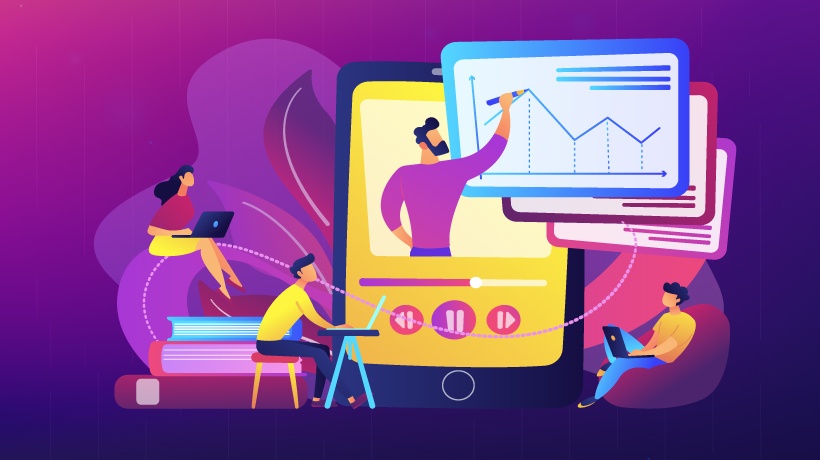Blended Learning Benefits For Your Learners To Enjoy
Blended learning is the middle path to synchronized brick & mortar learning and digital-enabled self-learning. Blended learning offers the best of both the learning platforms and gives learners a chance for constructive, collaborative, and comprehensive learning of subjects.
The blended learning approach has a bit of online self-study that can be done at your own pace and at your own chosen time along with traditional classroom learning that has face-to-face instructions to facilitate a better understanding.
Blended learning allows the learners to meet their learning objectives more expansively. Learning should not be imparted with a “one-size fits all” approach. Rather it should be understood that each learner’s learning needs and circumstances vary and that he/she should be given the advantage of different learning methodologies as per their convenience and schedule. It makes learning extremely effective.
Why go for blended learning? Let's look at 4 blended learning benefits:
1. It's Extremely Effective In Terms Of Long-Term Results
Take the advantage of self-learning through online course material that allows you to learn from the comfort of your home, after office hours, and even while traveling. And ask your doubts during the face-to-face session with our trained experts. This exceptional rotational learning of understanding theory and then taking the help of face-to-face practical sessions aides in full understanding of concepts while not disrupting your busy daily schedule.
2. Students Not Only Save Time But Also Gain Time
No more traveling to great distances to learn, copying notes, or punching sheets of papers, as a blended learning module allows students to store everything on the cloud and read them as per their convenient time. Its traditional face-to-face learning aspect gives them a chance to clarify the concepts studied thus making learning more effective, efficient and less time-taking. With the blended learning model students not only save time but also gain time by not doing the mundane tasks and instead of spending that time in doing assignments and uploading work and presentations online, participating in forums, discussions and more.
3. Enhanced Reach
It is imperative to inspire educators to emerge more as ‘facilitators’ than just teachers. As a facilitator, instead of just passing on learning, they are able to empower students with the know-how and the skills required to get the best out of both the online material and study time. By digitizing the learning experience, knowledgeable facilitators have more time to share their knowledge without the boundaries of distance and demography. The shortcoming of hiring the same quality of talented educators also can easily be handled with blended learning methodology to ensure quality of education is consistently supported.
4. A Perfect Blend Of Efficiency And Effectiveness
By executing a blended learning model with a well-planned strategy, you get a wider outlook on learning by exposing students to digital assets such as recorded lectures, videos, eBooks etc. While they can clear all their doubts and indulge in a constructive face-to-face discussion, they also have the option to re-use and refresh their conceptual understanding whenever needed, long after the course is completed. Various studies, for example, the ones conducted by the US Department of Education, have proven that blended learning is more effective than just online learning, face-to-face instruction or conventional face-to-face classes. Thus, blended learning has the proven potential to enhance both the effectiveness and efficiency of meaningful learning experiences.
Technological advancement in the field of learning constantly demands our education system to match pace with development across the world. Blended learning if executed intelligently has many advantages; like empowering learners to take responsibility for their own study time as well as to enjoy face-to-face time with the facilitators at their convenience. In addition, it is convenient and provides the ultimate flexibility in presenting content, helping deliver quick and effective training to a broad audience.









